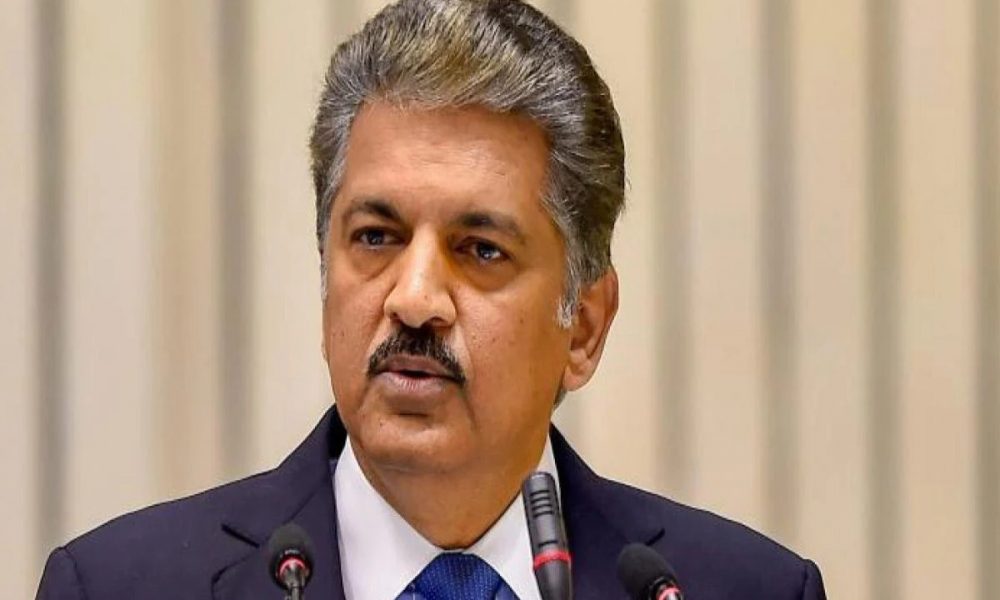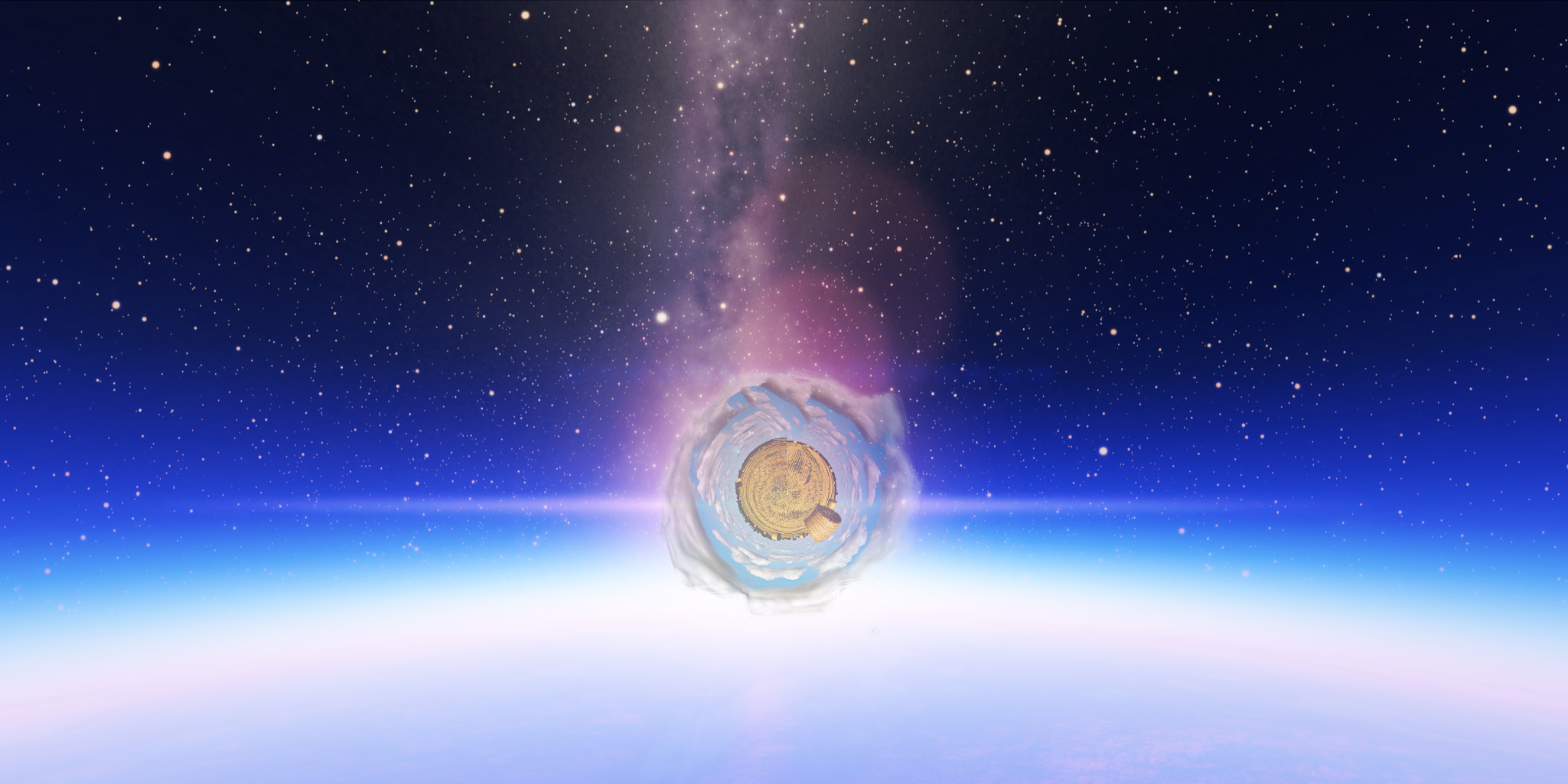
To create a planet is also pretty easy, first you need a firstly high definition texture file. Save the starfield, we’ll come back to it later.


Set to about 0.15 to start but then play to make it how you want. If you like some sparkle can be added to the stars, this is done by clicking on Filers > Light and Shadow > Sparkle. Click on Colours > Levels start at about 200, but have a play undo (CNTRL Z) and redo it with different values until you’re happy with the result. There’s far too many stars to make this sensible, so we need to reduce them. Te colour needs to be removed from the stars, to do this Click on Colours > Desaturate > OK Set it to fill with foreground colour which is black.Ĭreate the stars by going to Filters > Noise > Hurl Set the image size to whatever you want, but as an example make it 1024 x 768 and make it landscape. First let’s create a star field.įirst thing to do is to create a new image to do this got to File > New This kind of thing is accessible to all, I’m not expert and everything I’ve done I’ve learned myself.Ĭreating the kind of image used here is not as hard as you might think. Rather than go through the little details how this and that works I’m diving straight in, giving you the details of how I’ve used Gimp and for what… giving you all the magic.
#Make tiny planet gimp series
This is a series of posts I’ve created on how Gimp can be used to help create worlds and give life to your imagination.

Unlike Photoshop it costs nothing and it’s feature set is still comparable. Gimp – Gnu Image Manipulation Program, an open source program that like Photoshop is able to do amazing things with graphics and photo’s.


 0 kommentar(er)
0 kommentar(er)
